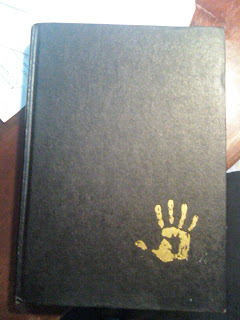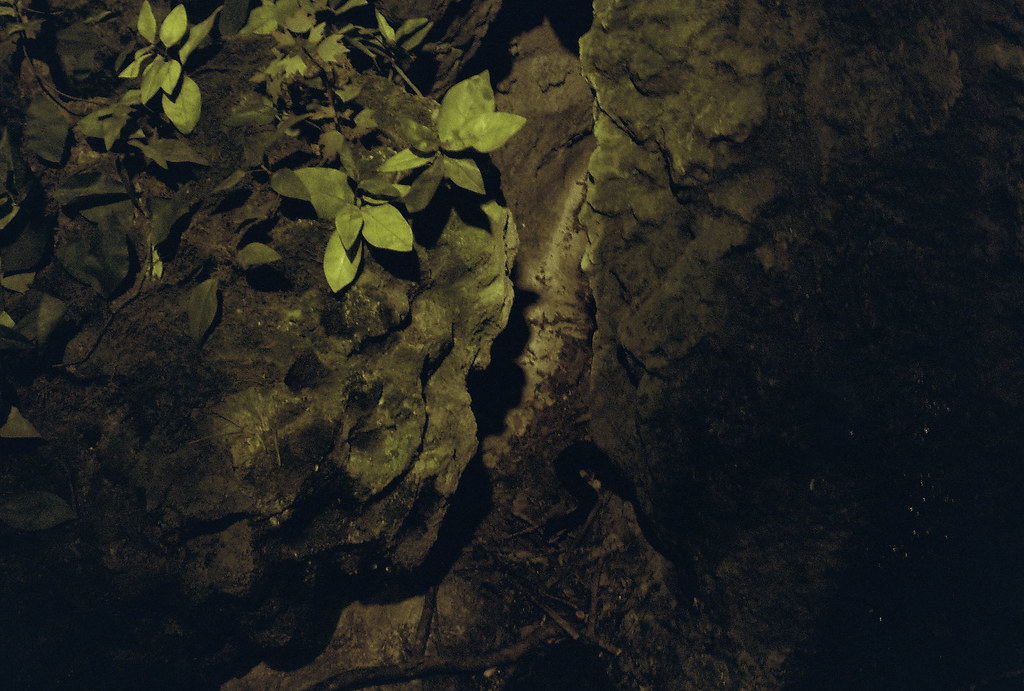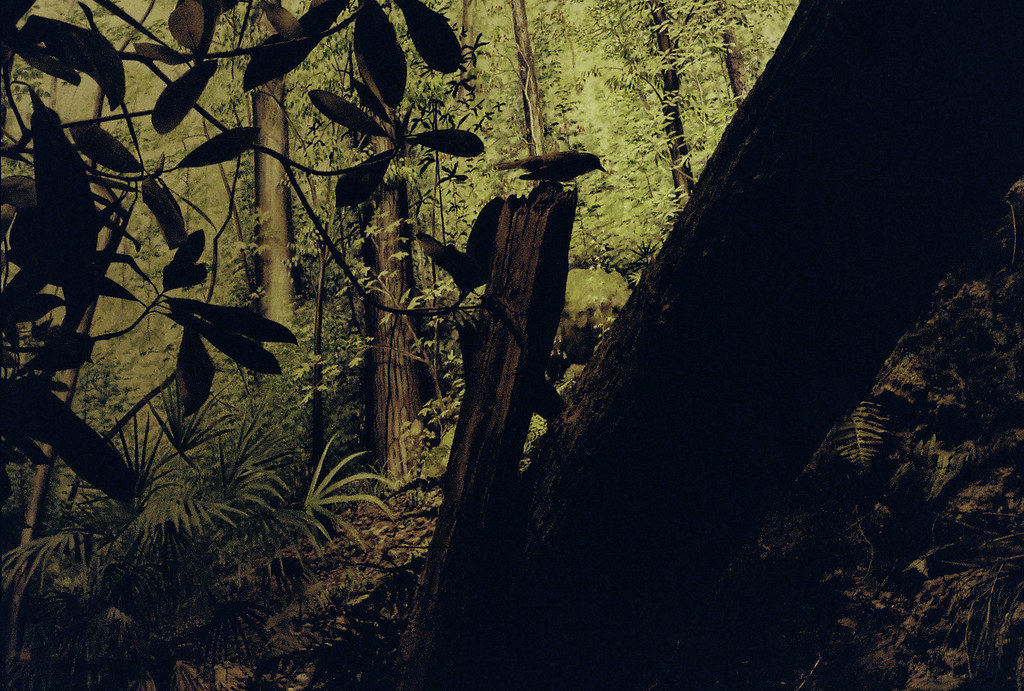Besides useless stuff stuff old white people will pay a dollar for, there are also some really good book shops and yard sale-types with stacks of used books for super cheap. Just last week, I found somethings in particular I am pretty excited about:
Curious, I picked it up and began flipping through the pages. Simply entitled "The Supernatural," the book covers all forms of the unknown and covering such topics as paleolithic mysticism, ghosts, talking to the dead, magic and ritual, witches, voodoo, monsters (ie werewolves), and the secret societies, organizations, and individuals that study these fields with complete conviction.
In other words, this is single handedly the coolest thing I've found at any flea market. I plan on scanning some of the quality images sometime relatively soon because these cellphone pictures don't do them any justice.
"Left, a 16th-century woodcut of Jewish cabbalist holding the sephirotic tree, or the tree of life. The 10 sephirot are Hebrew words for the 10 aspects or attributes of God - a formula that was adopted by magicians as symbols whose contemplation would lead them to mystical knowledge. The Cabbala provided occultists with an immense repertoire of magical words and symbols: below left, a hand inscribed with Hebrew letters that was pasted on the walls of houses to protect them from plague. Four figures symbolize the elements of air (circle); fire (triangle); earth (square); and water (crescent). During ancient and medieval times it was thought that all matter was composed of these four elements, to which a mystical significance was often ascribed. For example, uring the ceremony for the consecration of a pentagram, a magician would invoke the elements by breathing on the figures, sprinkling it with holy water, drying it with incense, and placing it on the ground. "
"A photographic reconstruction of various stages in a complex medieval spell to preserve the chastity of a high-born maiden while her betroth is away at the wars."
"Examples of gestures that were once thought to confer protection from witches and other devilish evil doers. Top left, the symbolic removal of a blasphemer's tongue. Top right, the sign of the Cross. Center left, a gesture representing the castration of an enemy. Center right, the "Devil's horns" - a symbol symbol commonly used in antiquity on protective amulets. Left, the sign made of priests when invoking the blessing of God, and , like all Christian symbols, believed to be a powerful method of combating witchcraft and sorcery."
"Above, a tableau at the Witchcraft Museum at Bourton-on-the-Water, Gloucestershire, England. In the center, a black goat represents a common conception of the Devil as he was alleged to appear at witches' sabbat. Attempts to summon up the Devil have long been a preoccupation of black magicians. Left, the Magician Rollo Ahmed, who, on Halloween night in 1954, held a secret meeting somewhere on Britain's South Coast to conjure up the Devil."
Latin handwritten on the inside of both covers. I have no idea what they say, but it is awesome.
Coincidentally, I had found a blog article directly referencing this book a few months back and was instantly intrigued by the reference material, but knew the likelihood of finding a copy were slim. Shows how much I know.
On top of that, I found four encyclopedia-style volumes from a series called The Ocean World of Jacques Cousteau, and they all read like like his documentary films. One volume in particular is dedicated to the history, schematics, and inner-workings of Cousteau's famous research vessel, the Calypso - complete with foldout cutaway and cross-section illustrations of the ship!
Humming Sven Libaek while reading these is a natural reflex. You'd be crazy if you didn't.
















